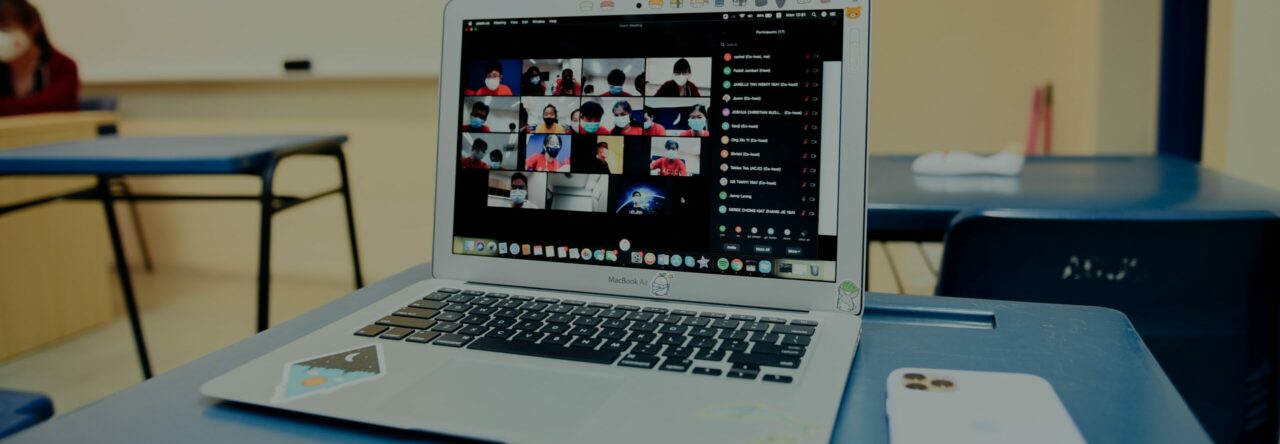Engaging students in the synchronous video environment can be difficult, but not impossible. As with the classroom engagement section, the category is divided into behavioural, emotional, and cognitive engagement. This section primarily came about because during the remote learning that happened around the world during the height of the coronavirus pandemic in the spring of 2020, most teachers were thrust into an educational scenario that was unfamiliar, with no time to develop lessons and adapt to the new teaching and learning environment.
Suddenly, students were not sitting in desks in front of the teachers, gathered in one building in which they could move from classroom to classroom, but they were at home, logging in to live video feeds, watching their teachers broadcast their lessons from their own homes. In theory, this might seem like a relatively smooth transition. In practice, it was full of problems, the least of which were trying to engage the students. For many students, it started at the most basic level of having internet access at home. Then with that checked, it was whether students had the hardware (smart phones, laptops, tablets) to connect to the teacher’s broadcast.
Once all the digital equity issues were resolved, then the issues of student engagement became relevant, which leads us here. What are some strategies to increase student engagement in the synchronous video setting? While teachers hope not to have to pivot to this style of teaching again, what is known about this virus and the possibility of other viral pandemics to occur in the future, this section may prove to be an invaluable resource sooner than we think. Ironically, my hope is that this website will not be needed after 2021, because the medical community will better mitigate any future spread of viral infections, and that students will continue to attend schools in person.
